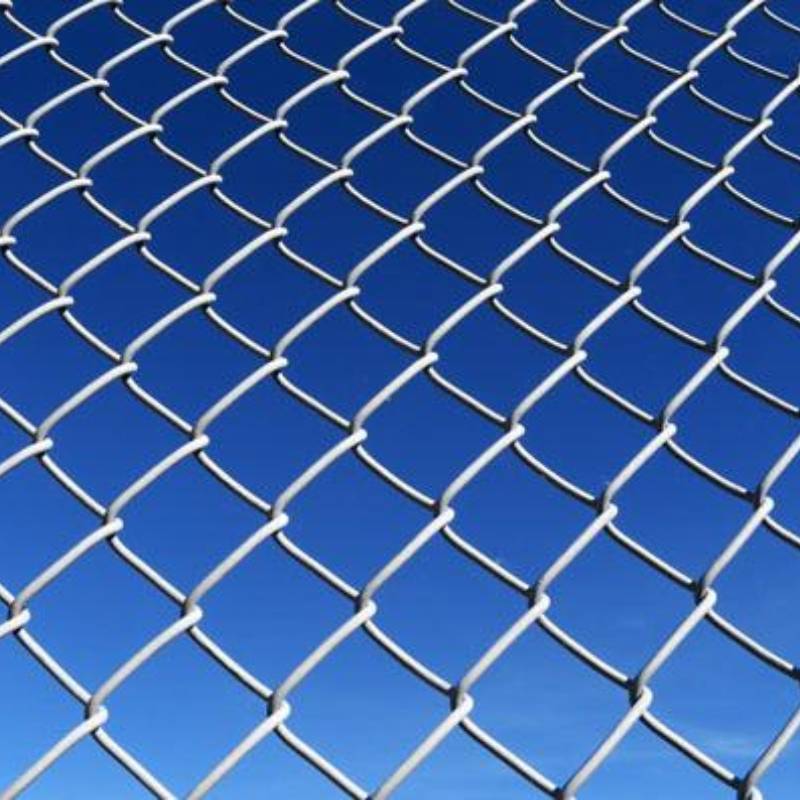
- Mobile Phone
- +8613931874955
- sales@cntcmetal.com
external plaster corner
The Importance of External Plaster Corners in Construction
External plaster corners play a crucial role in both the aesthetic appeal and structural integrity of buildings. These corners are not merely functional elements; they contribute significantly to the overall design, durability, and weather resistance of the façade. Understanding their importance, installation methods, and maintenance can enhance the longevity and beauty of any structure.
Aesthetic Appeal
One of the most immediate advantages of external plaster corners is their contribution to the visual harmony of a building. Smooth, well-defined corners create a polished look, enhancing the design elements of the exterior. Architects and builders often use various profiles and finishing styles to achieve the desired aesthetic effect. Whether a modern sleek angle or a more traditional rounded corner, these plaster finishes can complement the architectural style, creating a cohesive visual narrative that enhances the property's overall appeal.
Structural Integrity
Beyond aesthetics, external plaster corners serve a vital structural purpose. They provide additional support to the edges of walls, which are often more vulnerable to damage from weather elements, impacts, and settling. Properly reinforced corners can withstand stresses better, preventing cracks and deterioration over time. This is especially important in regions with extreme weather conditions, where thermal expansion and contraction can cause significant wear on structural components.
Weather Resistance
external plaster corner

External plaster corners help create a barrier against moisture infiltration. Moisture is one of the leading causes of structural damage, leading to mold growth, degradation of materials, and ultimately, costly repairs. A well-applied plaster finish shields the underlying materials from rain and humidity, ensuring that the building remains intact over time. Utilizing high-quality plaster materials further enhances this protective barrier, contributing to a building's longevity.
Installation Techniques
Installing external plaster corners requires skill and attention to detail. The process typically involves the use of corner beads—metal or plastic strips that provide a straight edge and additional strength to the corner. The installation begins with securing the corner bead to the wall frame, followed by the application of plaster in several layers to achieve a robust finish. It is crucial to allow each layer to cure properly, ensuring a strong bond and a fine appearance.
Maintenance
Regular maintenance of external plaster corners is necessary to preserve their integrity. Inspecting for cracks, peeling, or signs of moisture intrusion should be part of any building maintenance routine. Prompt repairs, including reapplication of plaster, can prevent further damage and ensure that the corners continue to perform their function effectively.
In conclusion, external plaster corners are essential components of building design that offer both aesthetic and functional benefits. By understanding their significance and ensuring proper installation and maintenance, property owners and builders can enhance the durability and beauty of their structures for years to come.
share:
-
Yard Sign Stakes: Reliable Guardians of Outdoor SignsNewsAug.04,2025
-
Wall Ties: Invisible Guardians of Building StabilityNewsAug.04,2025
-
Resilient Web: The Super Guardian Power of Concrete MeshNewsAug.04,2025
-
Masonry Accessories: A versatile assistant on building foundationsNewsAug.04,2025
-
Iron Binding Wire: the 'invisible reinforcement specialist' in the fields of architecture and industryNewsAug.04,2025
-
Dynamic Spring: The diverse functions and excellent performance of Wire Tension SpringNewsAug.04,2025
-
Your Source for Concrete Wall Ties and Masonry AccessoriesNewsJul.10,2025



















